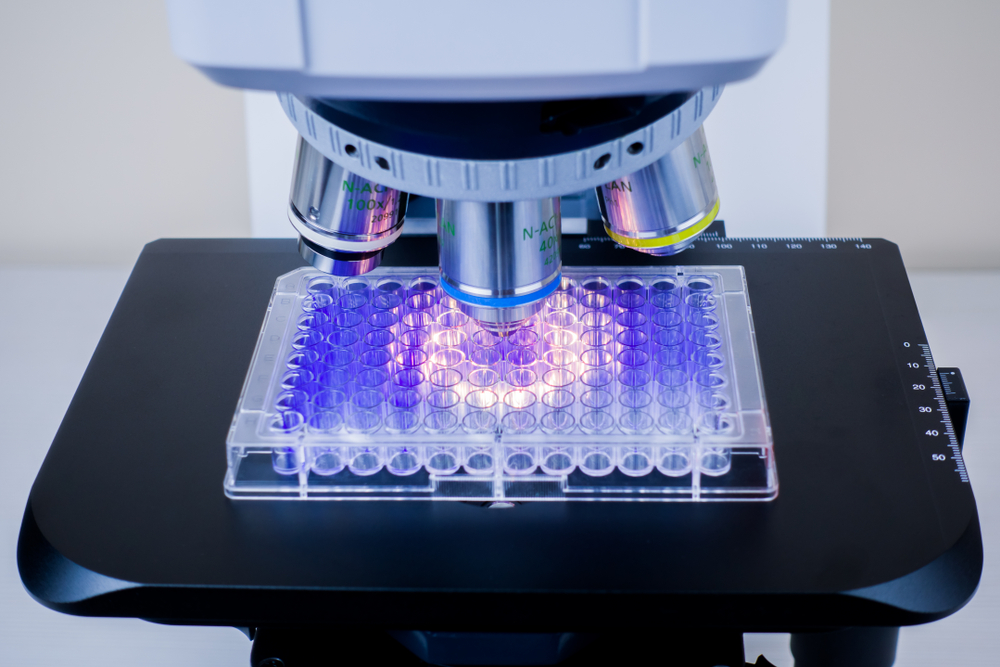
Scientists at the UNC School of Medicine have discovered that certain molecules can boost the efficacy of antibiotics in fighting Staph infections and powering through antibiotic resistance.
The molecules are known as rhamnolipids, and their targets are staphylococcus aureus bacteria — significant causes of infections which often resist antibiotics. There are standard treatments for the S. aureus bacteria, but antibiotic resistance and the nature of their growth tends to make them less vulnerable. As a result, the U.S. Centers for Disease Control and Prevention (CDC) estimate that in 2017, more than 119,000 cases of serious Staph infections hit patients in the United States, leading to more than 20,000 deaths.
However, UNC researchers determined that rhamnolipids could make common aminoglycoside antibiotics more effective against such infections — hundreds of times more effective. These molecules loosen up the outer membranes of S. aureus cells and allow the antibiotics greater access.
“There’s a great need for new ways to kill bacteria that tolerate or resist standard antibiotics, and to that end we found that altering membrane permeability to induce aminoglycoside uptake is an extremely effective strategy against S. aureus,” Brian Conlon, PhD, study senior author and an assistant professor in the department of microbiology and immunology at the UNC School of Medicine, said.
Rhamnolipids are produced by another bacterial species naturally. In high concentrations, they drill holes into rival bacteria. Even at low doses, they aid antibiotics as a result. In fact, the researchers found that they proved effective against S. aureus growing in low-oxygen niches of the body, methicillin-resistant S. aureus, tobramycin-resistant S. aureus and other slow-growing, persistent forms of S. aureus.




